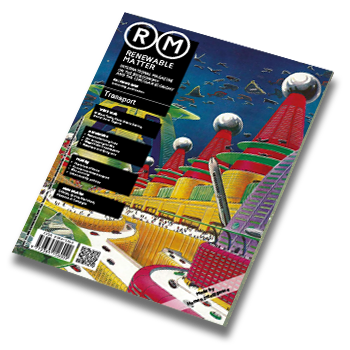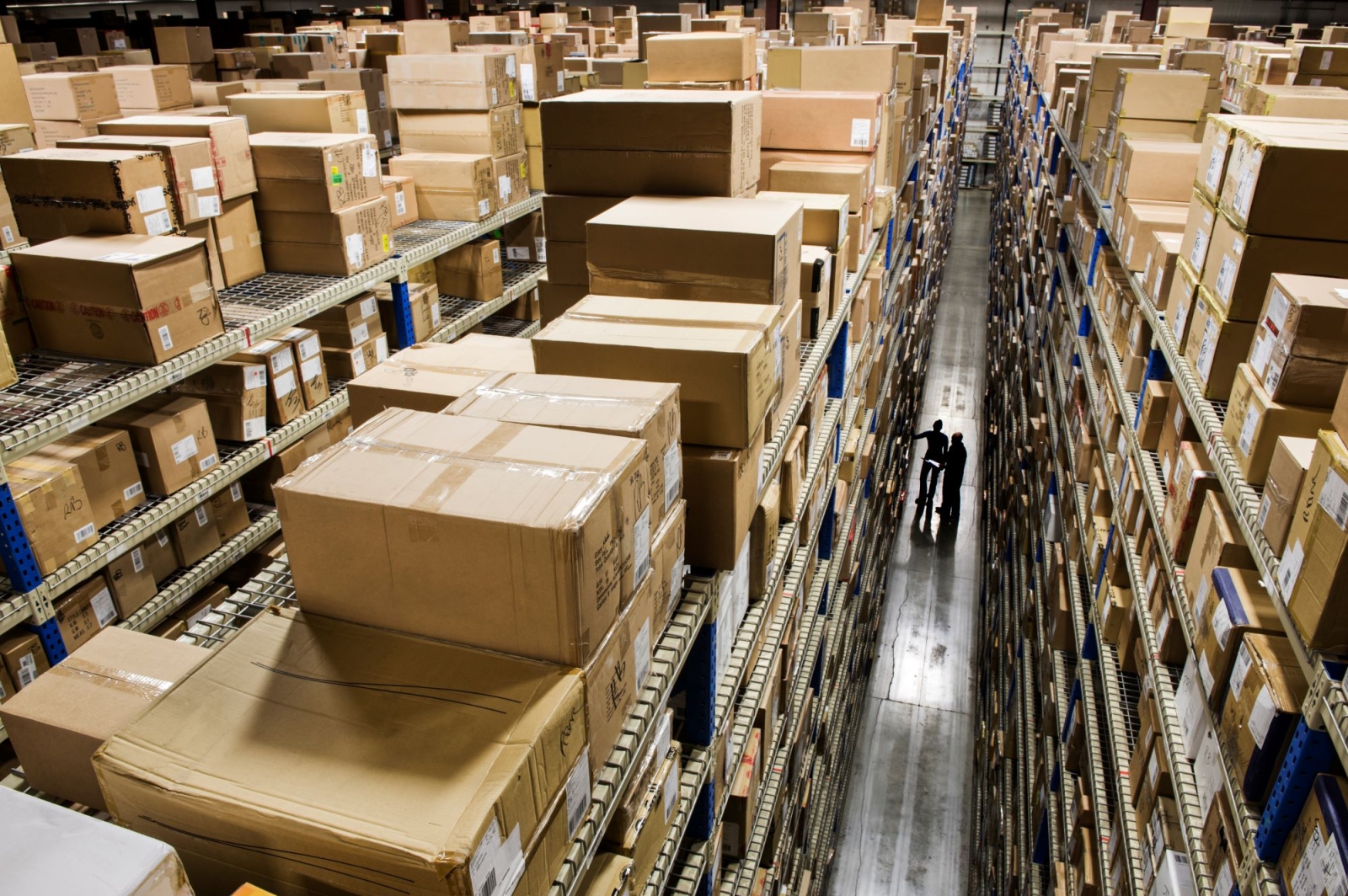Useful? Yes. Convenient? Maybe too much so. But as sustainability goes, e-commerce has never had a good reputation. Now, however, research wants to overturn the environmental bad reputation of online shopping, arguing that not only is it less impactful than we've always believed, but that its carbon footprint is significantly lower than traditional in-store shopping.
The study was presented on February 29 by Netcomm, the Italian digital commerce Consortium, which carried it out with the B2c Logistics Center research group of the Politecnico of Milan. And it begins with a counter-intuitive figure to say the least: the environmental impact of online shopping would be as much as 75 percent less than in-store shopping.
Beware, however: before jumping headlong into online stores and ordering even toothpicks on Amazon thinking you are saving the planet, it is good to contextualize the data.
So, we reviewed the research and spoke with the authors to understand how they came to the result and how much truth there is to this seemingly overwhelming victory of e-commerce over the good old store.
E-commerce vs. store: putting the data into context
“The environmental impact of online shopping is significantly less than shopping in physical stores.” So begins the press release that reached the newsroom on February 29, which was promptly picked up by the business pages of several national newspapers, including La Repubblica. In traditional shopping, the press release continues, up to 2.59 kilograms of CO2 per parcel would be generated, 90 percent of which would be attributable to customers' round trips and store maintenance. While “online shopping channels, which also include delivery services such as home delivery and pick-up points, are more sustainable and can reduce emissions up to 10 times compared to offline shopping.”
This is an influential statement, and we here at Renewable Matter wanted to elaborate on it. The full research is not actually available online but, per our request, Netcomm provided us with a summary prepared by the Politecnico of Milan team (you can register and request it at this link). With the document in front of us, it was therefore possible to begin to narrow down the data and scale its scope.
To begin with, the study is not looking at “the environmental impact of e-commerce” as a whole, but only at the emissions generated by the last mile delivery phase, i.e., the very last leg of the online commerce supply chain, which is actually much longer, at least for large international retailers such as Amazon. The B2c Logistics Center team therefore focused on this specific phase, constructing a comparison between the most popular e-commerce delivery mode, i.e., home delivery, with delivery to pick-up points such as newsstands and drug stores on the one hand (found to be the most sustainable mode), and traditional in-store purchasing on the other. All for four product categories: books, electronics (excluding home appliances), fashion and beauty.
The research, moreover, considered only retailers active with both physical and virtual stores and, as Riccardo Mangiaracina, co-founder of the B2c Logistics Center, reached on the phone by Renewable Matter, pointed out, focused only “on orders set up on the Italian territory.”
Finally, to diversify the case histories, three different geographical contexts were analyzed: a large city with many widespread stores (Milan), a provincial city with fewer commercial choices (Ferrara), and a more rural context, from which one is supposed to travel by car to reach shopping centers (provinces of Viterbo and Rieti).
Method choices
Delineating the boundaries of the study, we turn to the methodology. “We didn't use the census system or a sample statistical model,” Roberto Liscia, president of Netcomm, explains. “The team of researchers at the Polytechnic University developed a complex econometric model for us that was representative of the phenomenon we wanted to examine.”
Here, however, the first problem arises: the B2c Logistics Center preferred to build its own model rather than use an internationally recognized standard such as, for example, Life Cycle Assessment (LCA). It is clear that devising an ad hoc analytical system allows for greater adherence to the phenomenon one wants to describe, but it makes one lose the possibility of comparing results on a common basis with other research data. Fabio Iraldo, director of the Green Economy Observatory at Bocconi University and an expert in sustainability metrics, confirms this for us. “There is not enough information to be able to evaluate the method applied,” he writes to us by email, “Surely, however, if it is not based on an LCA approach, the results are not to be considered reliable. In fact, as is well known, any method that does not consider all phases of the product life cycle risks ignoring phases with very significant impact, which can affect the overall assessment from an environmental perspective.”
In fact, as noted by Iraldo, it is rather complicated to fully understand the methodological choices, since the sources and point data are not shared by the authors of the report (not even upon request). “The data,” Mangiaracina explains, “have been obtained from our interviews with the main Italian players that cover a slice of the market of more than 50 percent.” The report lists e-commerce and delivery operators GEL Proximity, InPost, Mail Boxes Etc. Italia and Poste Italiane, and pickup services PrimaEdicola.it, TYP and Fermopoint. However, direct data from large international retailers such as Amazon and Shein, the first two in the top-five of the Italian online shopping market, are missing. “This is because we only considered orders that departed from warehouses located in Italy,” Mangiaracina points out. “To include a parcel from, say, a warehouse in China would have overcomplicated the model.”
Now for the second critical point: simplification. In an effort to delimit the segment of the supply chain they wanted to analyze as much as possible, the researchers made choices that raise some concerns. “Assuming that we consider the network of a generic retailer active in both the online and offline channels,” they write in the introduction to the report, “the point of divergence of the three processes [home delivery, pickup point and store, ed.] was considered to be the warehouse from which both online and store replenishment orders are fulfilled, thus excluding the warehouse emissions themselves.” In short, we focus only on the parcel transportation phase, including emissions from courier hubs. So far, so good.
Doubts begin to arise when all store impacts are included in the count of emissions borne by offline shopping: not only the flow of products, but also total energy consumption and land use. But if, by absurdity, all of a sudden, the stores disappeared, wouldn't the products crammed on the shelves or in the backrooms still need a place to stay, that is, a warehouse that would still consume more land and electricity?
In short, in this way, online commerce becomes incredibly “lighter” than traditional commerce. In an offline purchase, in fact, maintaining the store generates 70-80% of the emissions, except in cases where the car ride is particularly long (in the province) and comes to produce about half of the emissions. This means that if the “store share” were eliminated from traditional purchases, the balance of impacts would be reversed and e-commerce would remain more sustainable only in cases where the consumer would have to make a long trip specifically to purchase that particular product.
The problem with product returns
In the scales of shopping's environmental impacts, there are still a couple of important accounts: packaging and returns. In both cases, it is known and more or less universally acknowledged that e-commerce has greater impacts than traditional commerce. On packaging and over-packaging, however, Netcomm's research does not provide point data, although it claims to include relative emissions in the total carbon footprint count.
On the issue of returns, however, some additional words are expended. The estimated percentage of products brought back to the store or returned to the online retailer via mail or courier obviously varies by type. If for books and cosmetics it is minimal (between 0.5 percent and 1 percent), it grows for electronics (3 percent at the store and 6 percent online) and especially for clothing, where the difference between traditional and e-commerce purchases becomes significant: for the former, the fashion return rate is 8 percent, while with online shopping, it reaches 30 percent. And these are, as the authors specify, Italian rates, lower than European and global rates, which average around 20-30 percent for all products and go up to 50 percent for clothing (Statista data).
Out of the returns, however, the Netcomm study calculates only the emissions from return logistics, that is, the journey to bring the product back to the warehouse. But it is now well established that that's the least of it: the real environmental scourge of the bad habit of returning products without using them is their destruction. In fact, it is more cost-effective for online retailers to get rid of returned packages rather than keeping them for months or years in storage or taking on the burden of returning them to the manufacturer. A new report released by the European Environment Agency on March 4 tries to estimate how much clothing, shoes and accessories are destroyed each year: according to researchers at the EEA's European Topic Center on Circular Economy and Resource Use, in the European Union about one-third (22-43 percent) of all clothing purchased online and returned ends up going to the landfill
The practice is clearly a waste of resources without appeal that generates totally unnecessary and avoidable emissions: a phenomenon against which some countries, such as France, have already enacted laws, and the European Union is moving to do the same.
Meanwhile, however, the “free returns” policy adopted by many retailers (Amazon in the lead) and social phenomena such as “serial returners” (people who order clothing only to try it on and send it back) only exacerbate the problem, making it honestly difficult to define e-commerce as “more sustainable than stores.”
This article is also available in Italian / Questo articolo è disponibile anche in italiano
Cover image: Envato



